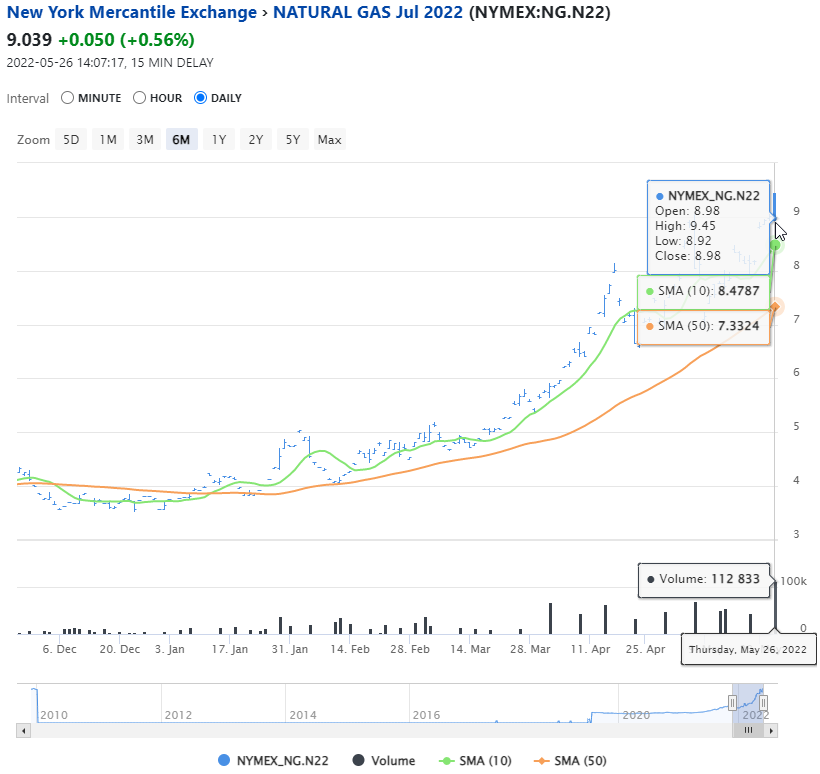“The following is an excerpt from Tim Snyder’s “Weekly Quick Facts” newsletter. Tim is an accomplished economist with a deep understanding of applied economics in energy. We encourage you to visit Matador Economics and learn more about Tim. While there, you can sign up for his completely free Daily Energy Briefs and Weekly Quick Facts newsletters.”
Brownouts and blackouts are terms that describe the gradient of power loss, from limited in scale and time and transitioning to total darkness, with no idea of when the loss of power will subside. Valentine’s Day week 2021, Texans were told that ERCOT had not prepared for the deep cold that centered on Texas, and reserves for fueling power plants either were stuck in frozen pipes or just were not available. As a result, 151 people lost their lives due to exposure or other related effects of that storm.
This week, as we begin the first full week of June, we hear those same words, but this time we’re hearing them for the entire country. We all are asking how can we be here again and when will it happen? We’ll address these today in this article.
Let’s start with some perspective. On January 1, 2020, the futures price for Natural Gas was $2.1890 per MMBtu (million Btu). President Biden took office on January 20, 2021, and the price for Natural Gas was $2.5460 per MMBtu. On January 1, 2022, the futures price for Natural Gas was 3.7300 per MMBtu, and Tuesday’s closing price for Natural Gas was $9.293 per MMBtu.
Let’s look at a graph: Continue reading "Some Are Expecting "Rolling Brownouts" Or "Blackouts""


